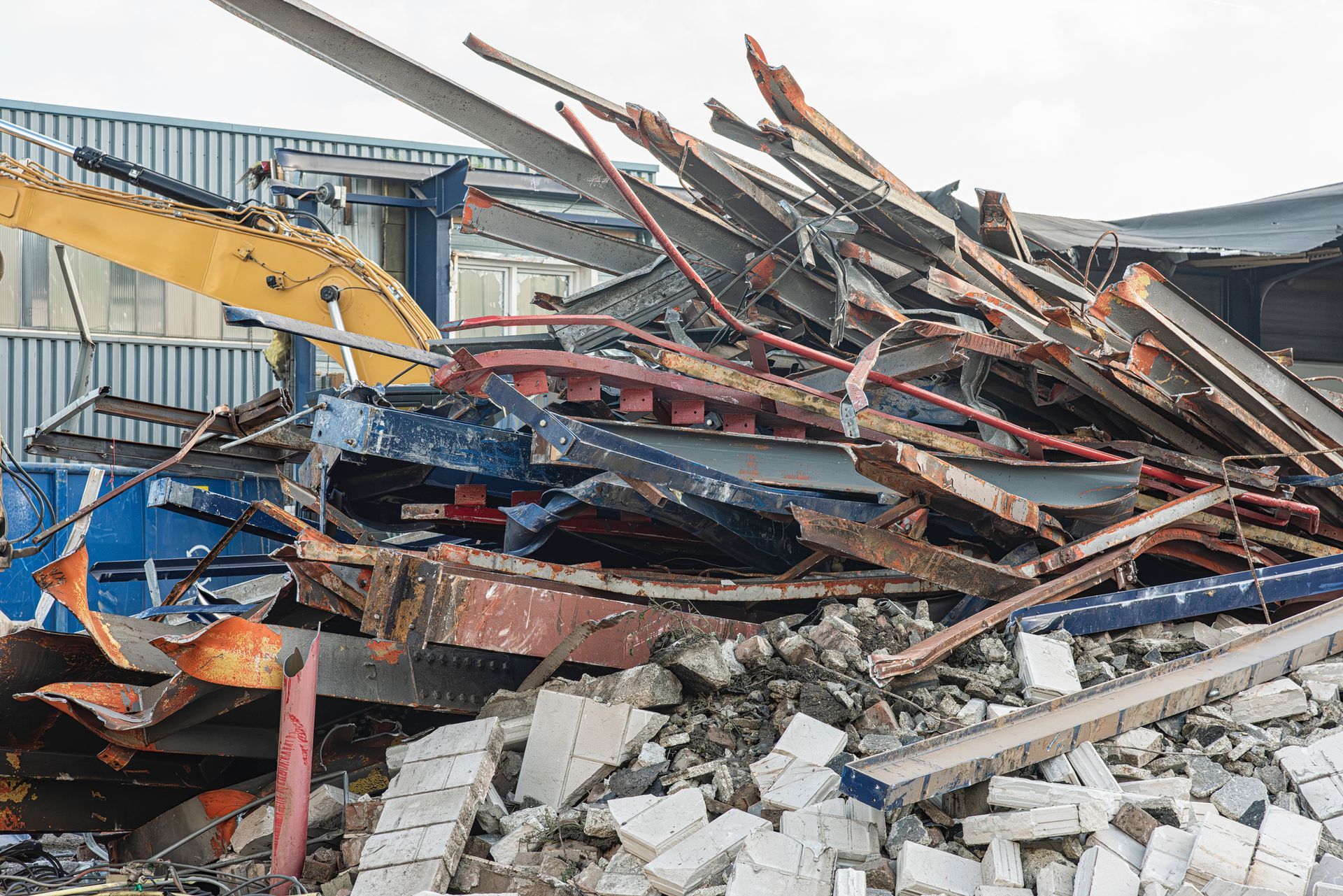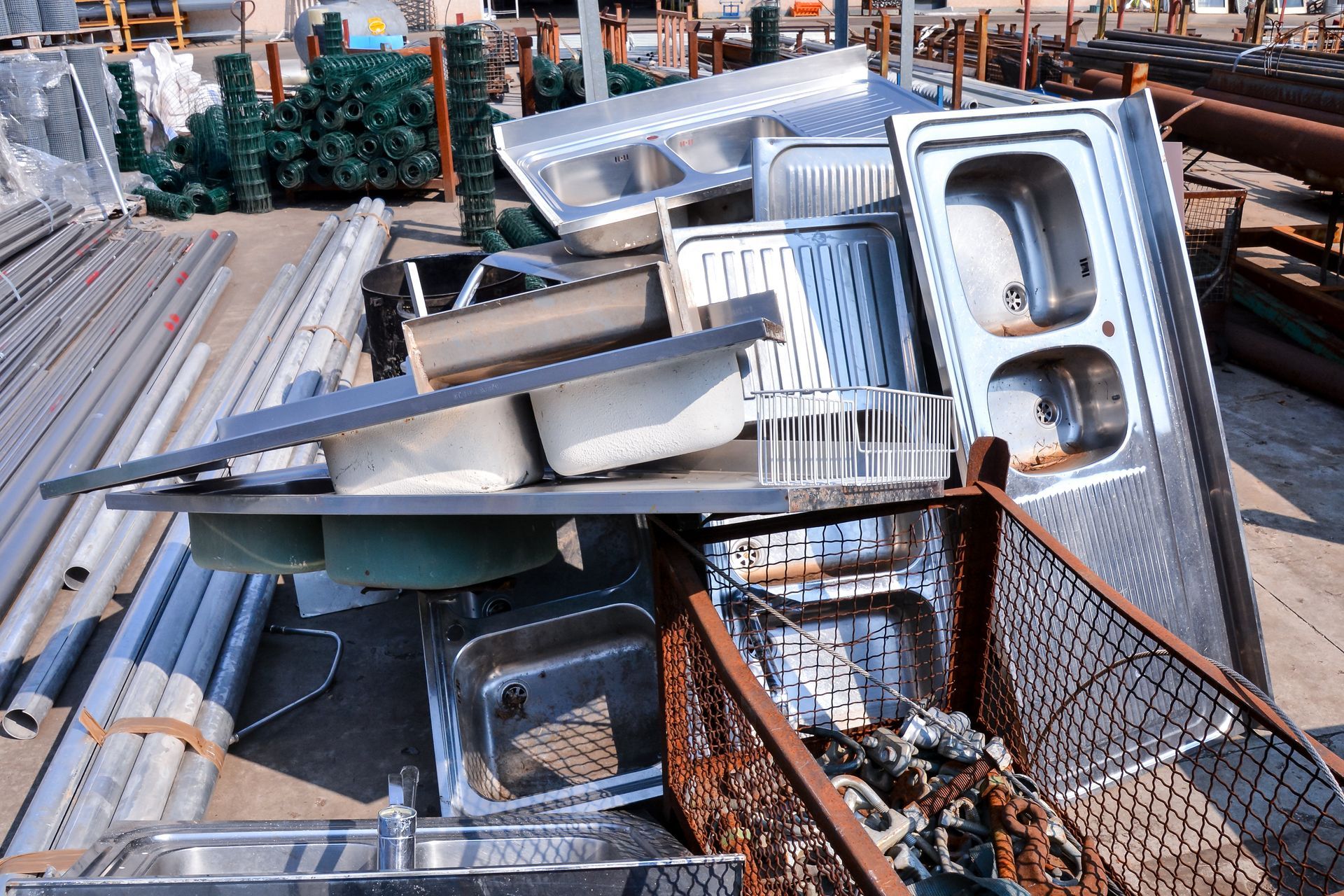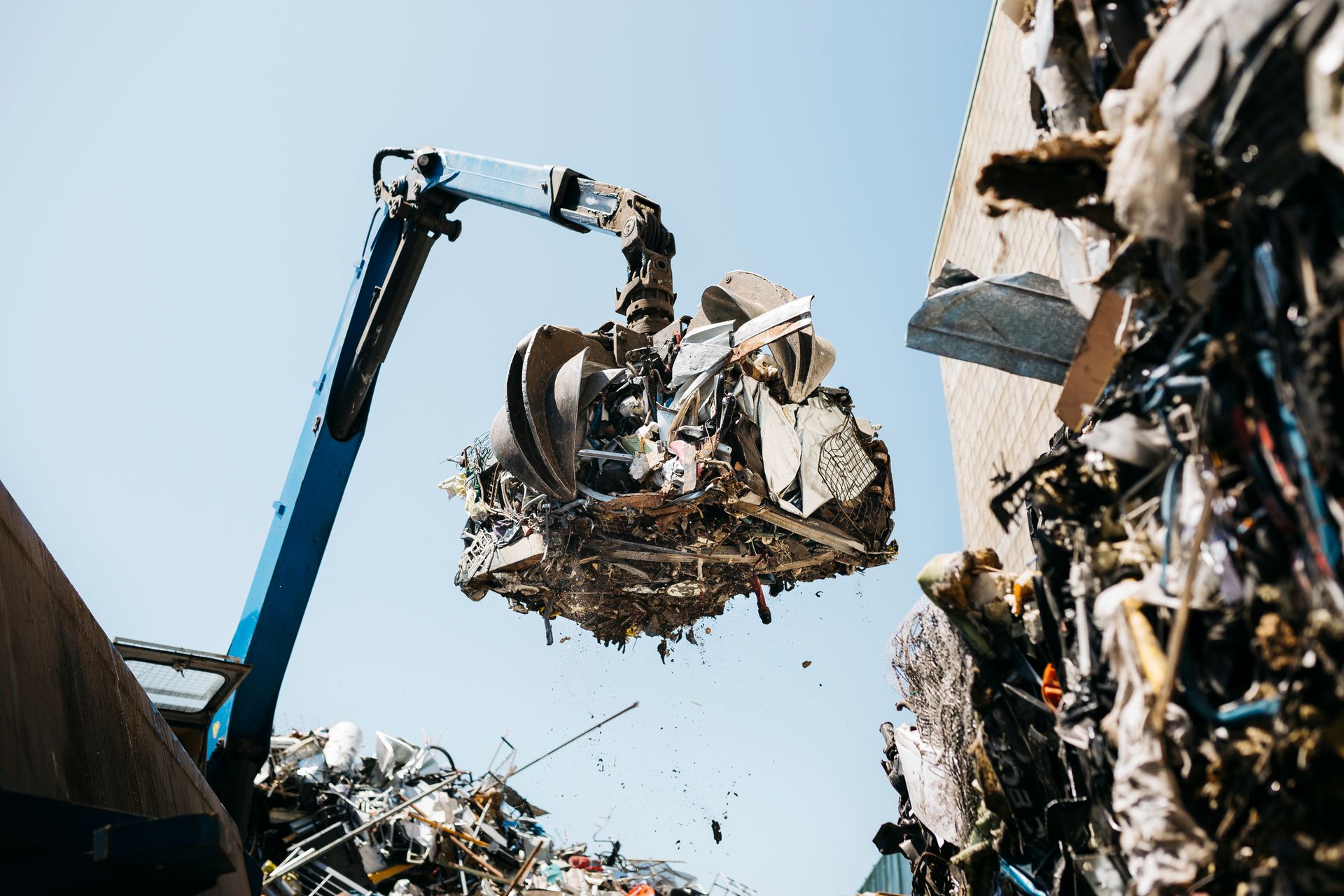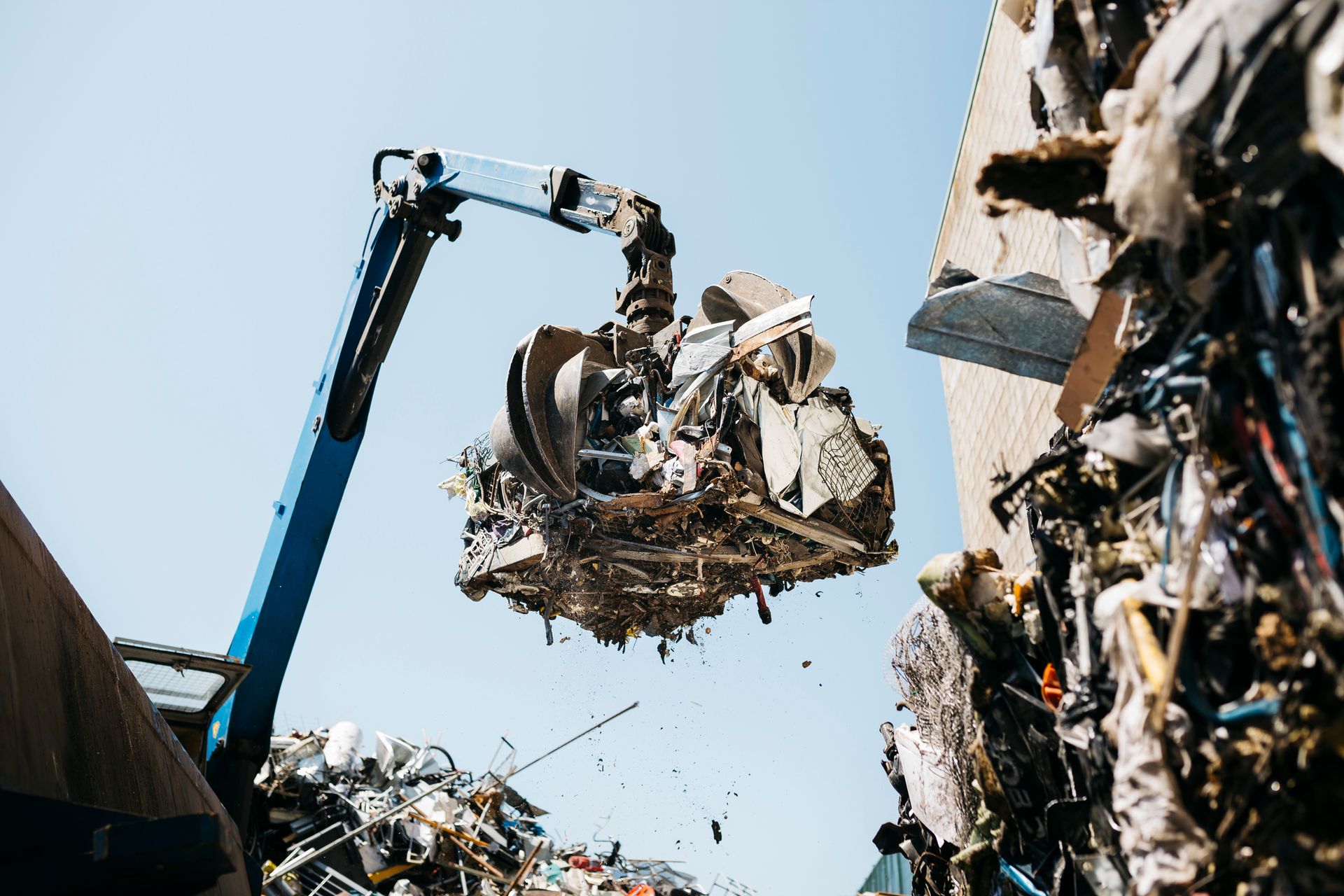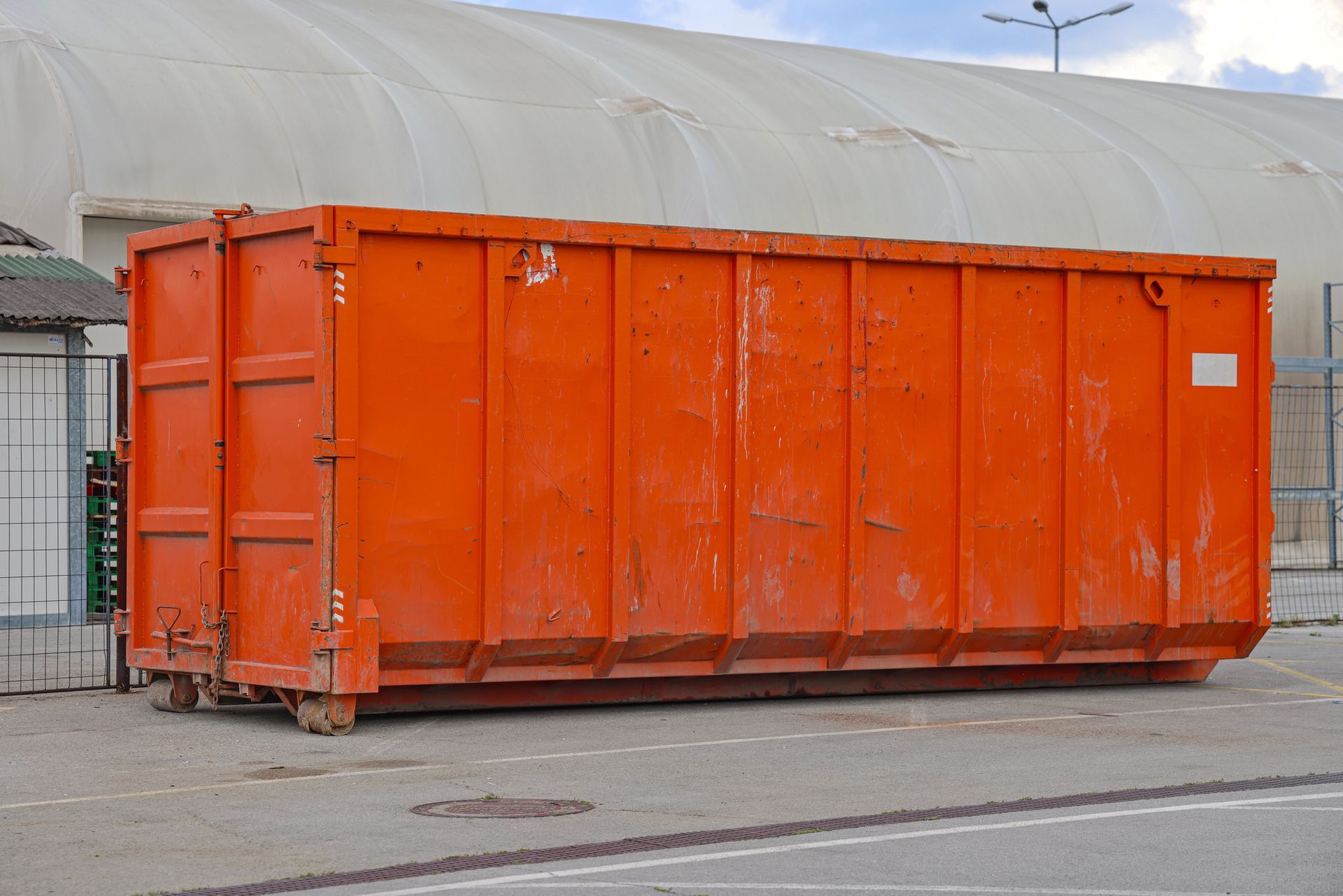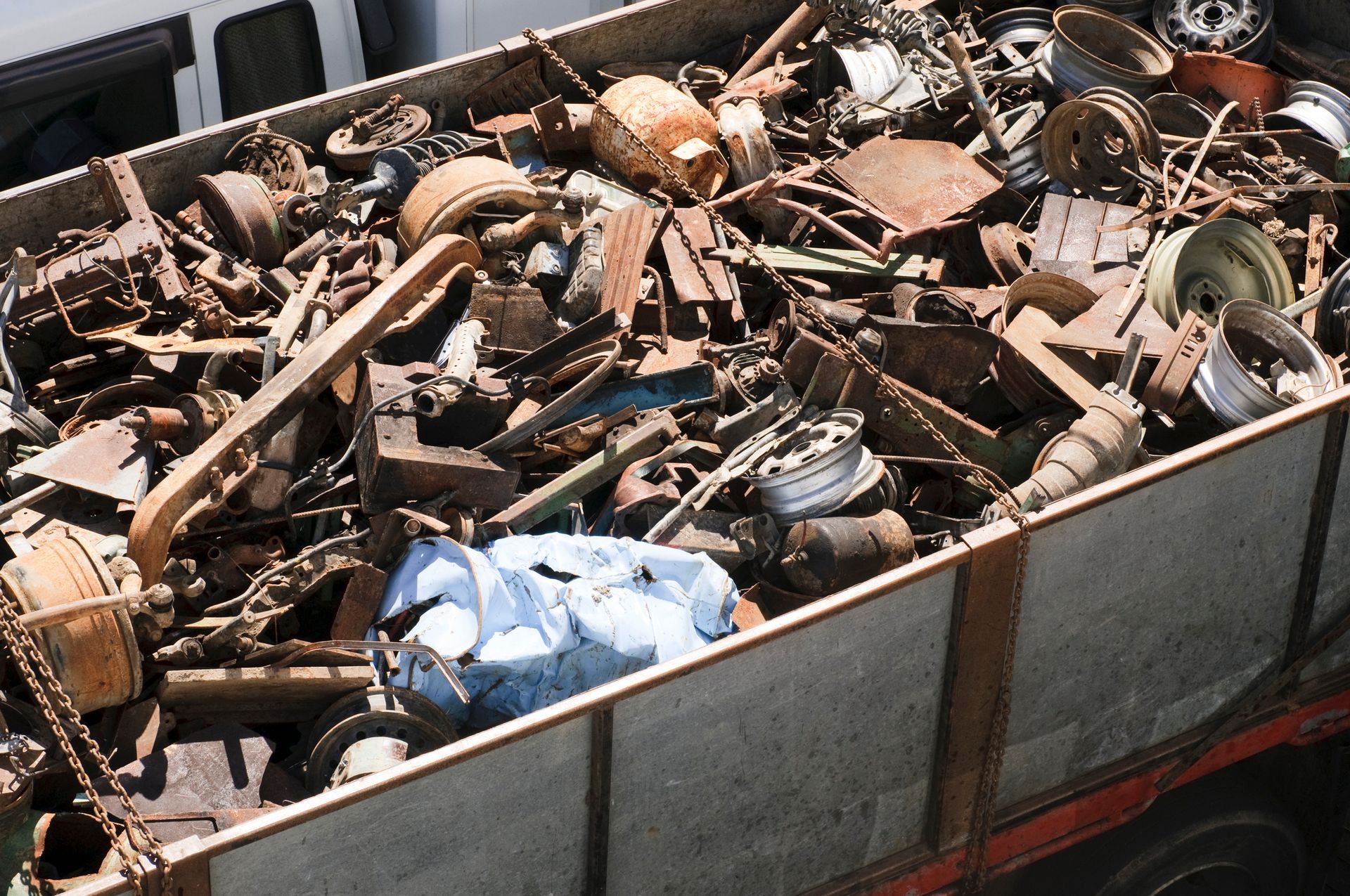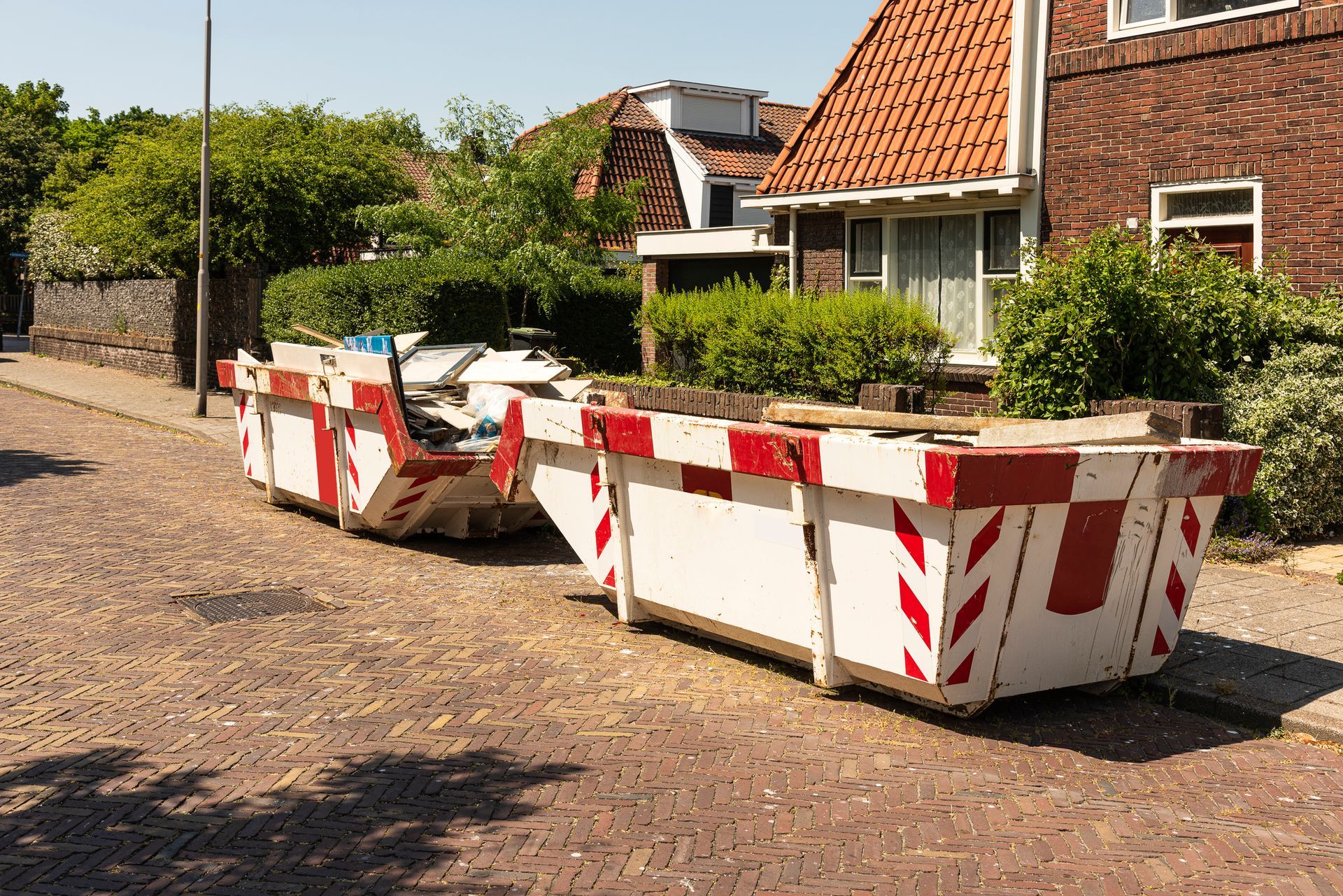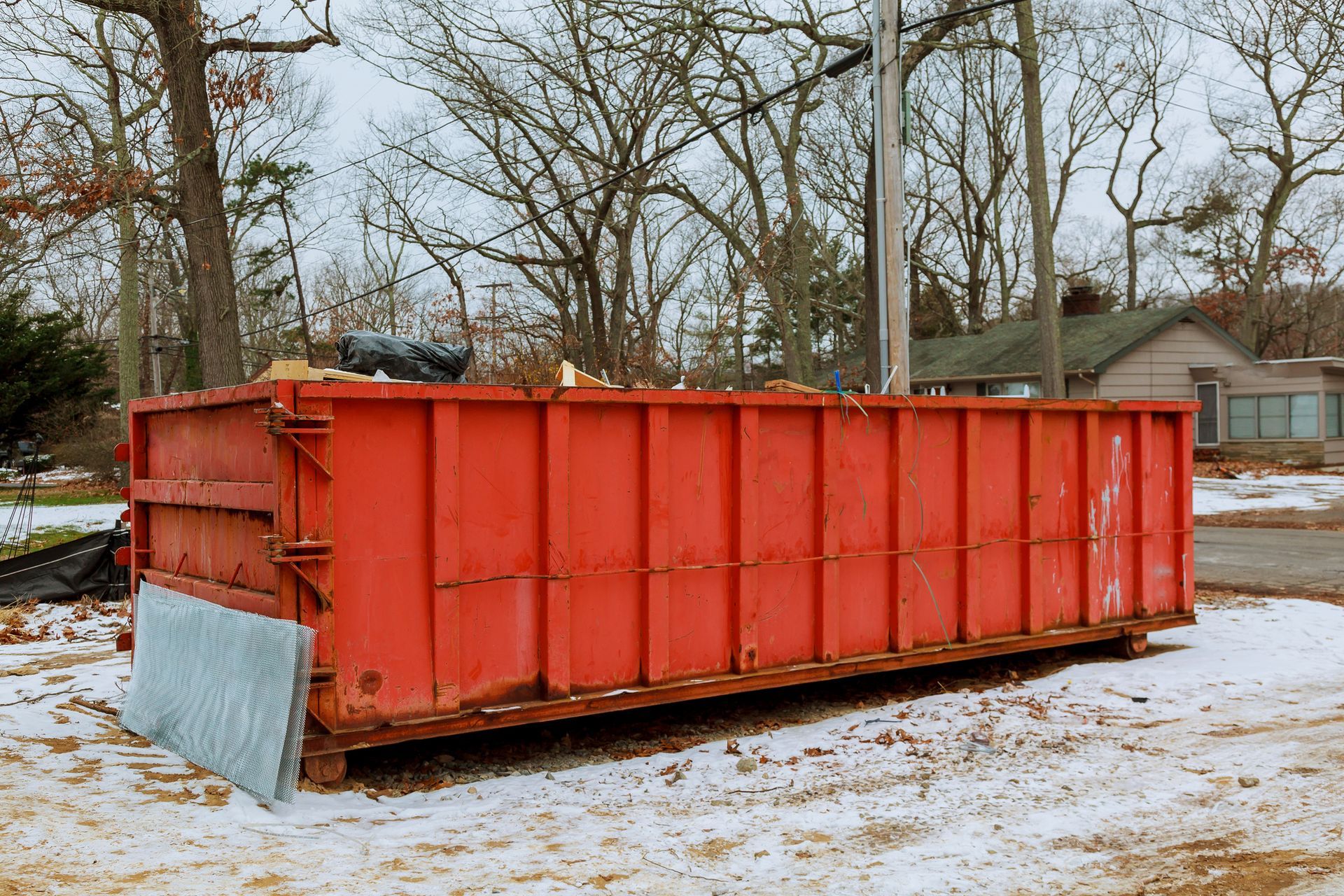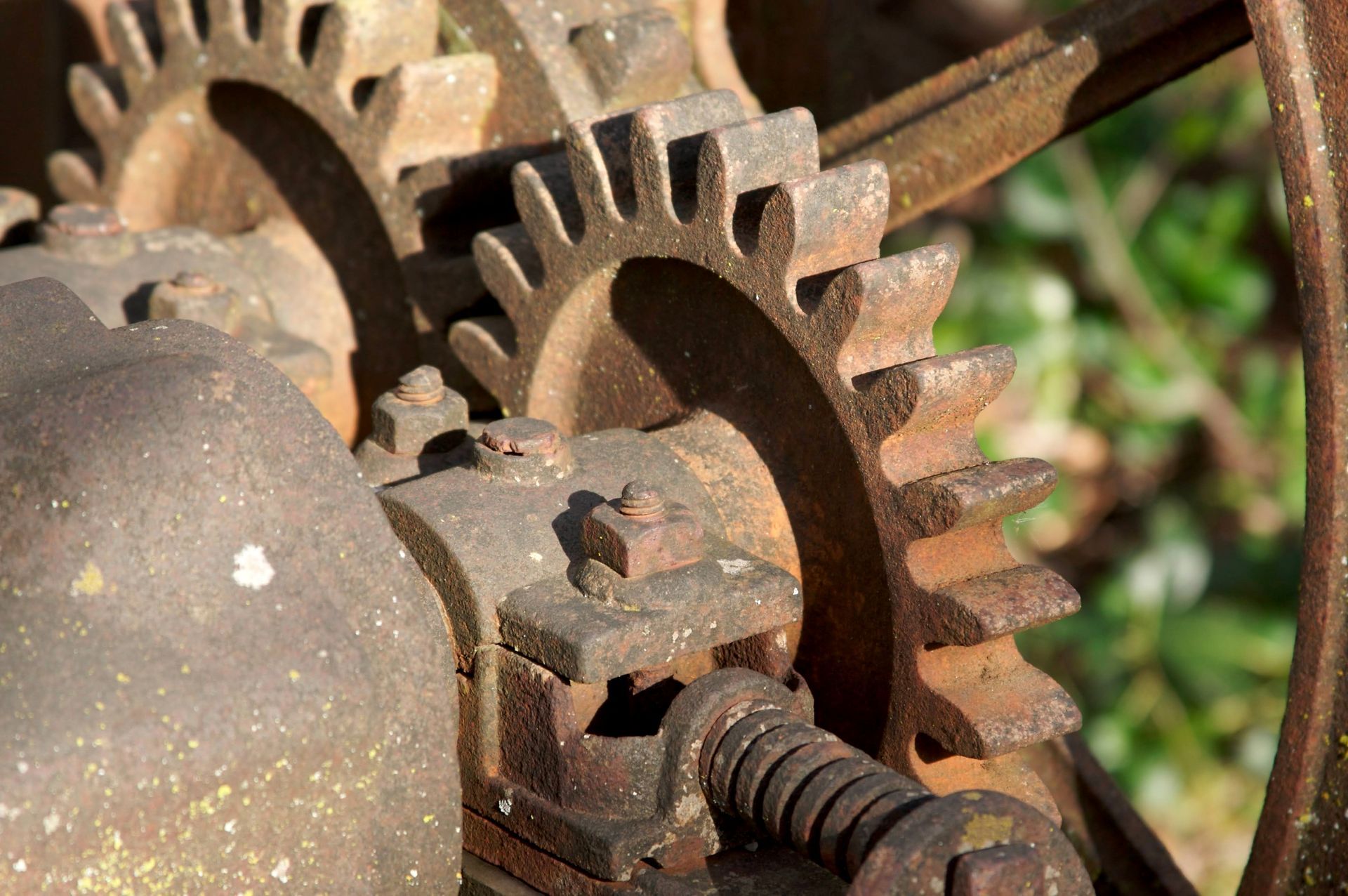4 Tests to Help You Determine Metal Properties
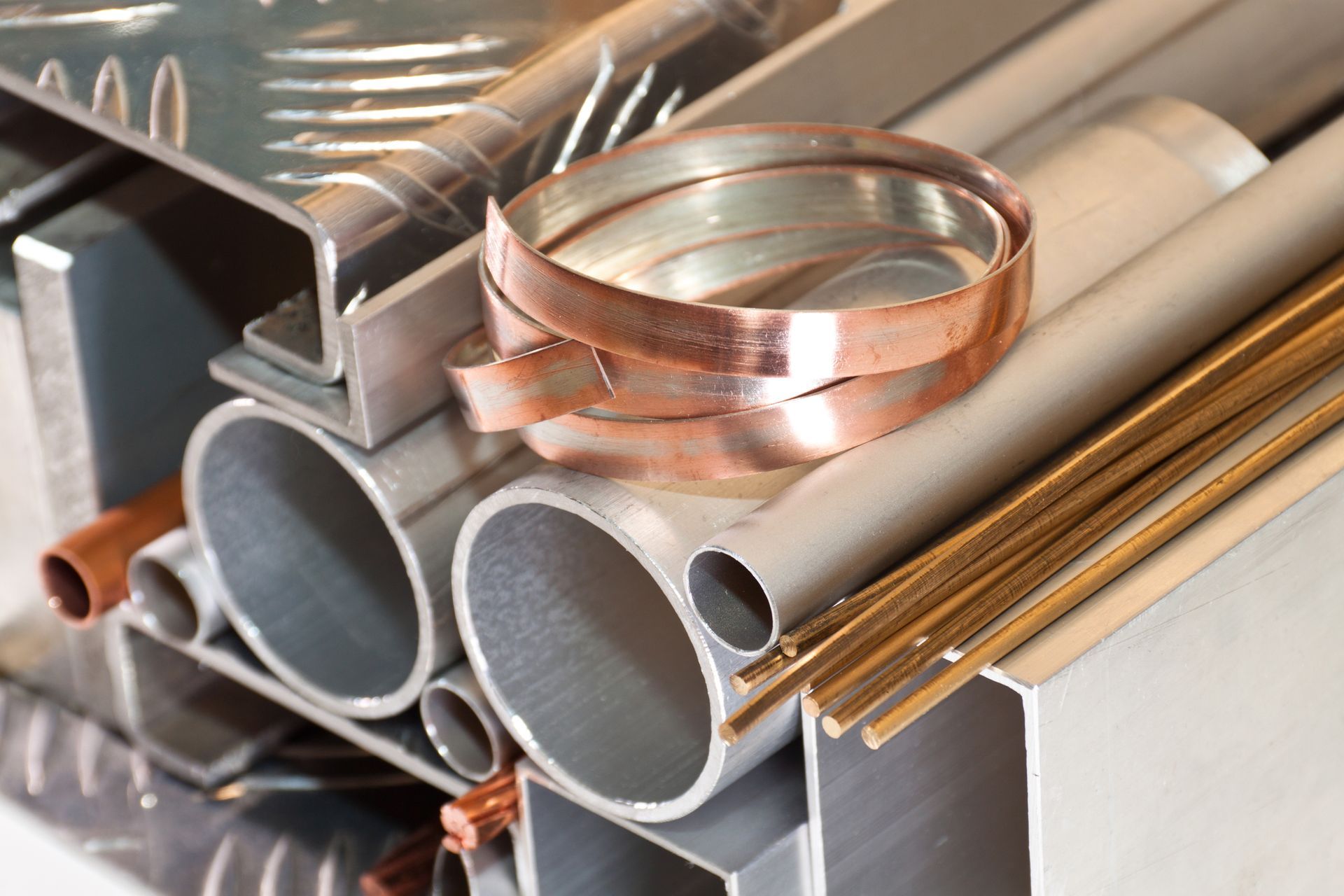
Scrap metal deals will often require you to separate or at least identify the scrap metal you bring to a dealer. Thus, you must understand the various methods used to identify metal types that you can use to help you get better deals based on the metal you want to sell. Read on to learn about the four common tests used to identify metal characteristics.
1. Surface Examination Test
The surface examination test uses the surface's colors, stains, and tactile characteristics to determine the type of metal being tested. Colors and traces can help you figure out what kind of metal it is, and the surface’s feel can give you even more clues about the metal type.
Cast iron has a dark grey tint. Cast steel is lighter in color than cast iron and has tiny depressions that resemble bubbles. Brass and bronze have hues that span from red to yellow, and, depending on the composition when they oxidize, can take on shades like green and brown. Copper is red and turns green when it oxidizes. Lead has a dull grey color, but a recently-cut piece is white.
When unfinished, metals like stainless steel are rough. In contrast, metals like Monel, nickel, bronze, brass, copper, and wrought iron are typically smooth. Lead is smooth and has a velvety look.
The surface assessment test also looks for casting or forging markings, rolling traces, and sand mold evidence, which can help identify the metal. For example, rolled steel has thin lines that run in a single direction, whereas low-carbon steel might have a rough, black surface. Forged steel will have forging and hammer marks.
2. Spark Test
The spark test uses observations from the sparks produced as you grind the metal on an abrasive wheel. Each type of metal produces sparks that are distinctive to that metal, and a metalworker may recognize the metal by examining the length, color, and form of the sparks. This method is handy for sorting different kinds of steel because the sparks of each type of steel are different.
The sparks produced by the friction as the wheel grinds the metal glow as they separate from the parent metal. For example, nickel generates brief, orange, and sparse sparks, but low-carbon steel creates many lengthy and white sparks.
3. Magnet Test
The magnet test is a quick and reliable approach to detecting ferrous metals and those that contain naturally magnetic iron. You need only touch the metal under the test with a magnet to conduct the test. A ferrous metal will stick to the magnet.
You can also utilize a tiny pocket magnet to gauge the magnetic pull's strength. A strong pull denotes a greater ferritic concentration. Nonferrous metals like Monel and high-nickel alloys will react with the magnet slightly. However, remember that not all stainless steels are magnetic, so this test isn't always reliable on its own.
4. Hardness Test
The hardness test is a method used to identify and measure the hardness of metals. The Rockwell hardness test, the file test, and the Mohs hardness test are the three most popular hardness tests.
The Rockwell Hardness Test determines the depth of an indentation left by a given tool under a specified force to assess the hardness of a metal. This test is the most precise and dependable for determining a metal's hardness. This test relies on the idea that a material's resistance to indentation increases with material hardness. The hardness rating given to a metal describes its degree of indentation resistance.
The file test is a less accurate way to measure a metal's hardness. The assessment involves the use of a file to try to cut into the material. The bite of the file reveals the hardness. The Mohs hardness kit evaluates the hardness of a substance by trying to scratch it with a tool with a known hardness.
Once you know how to identify your scrap metal, you need to take it to a scrap yard to sell it. Contact us at Big Daddy Scrap for good deals on your scrap metal.


